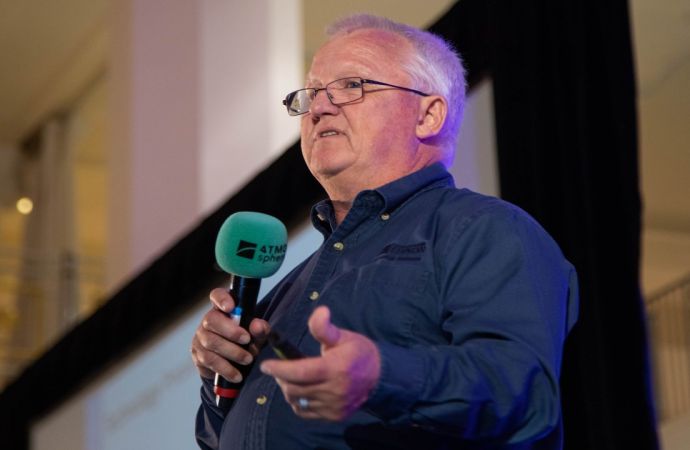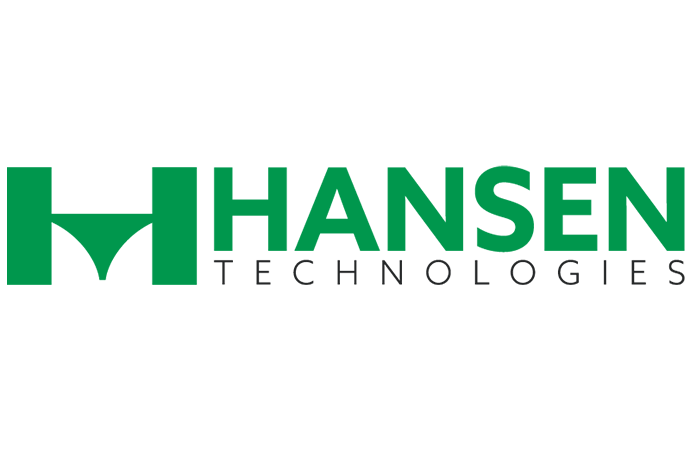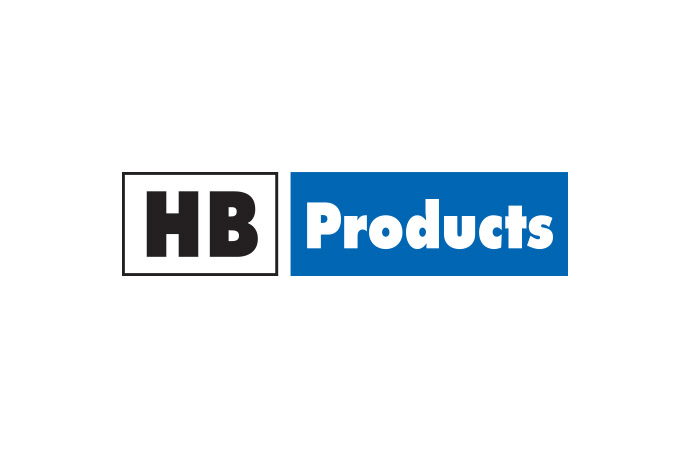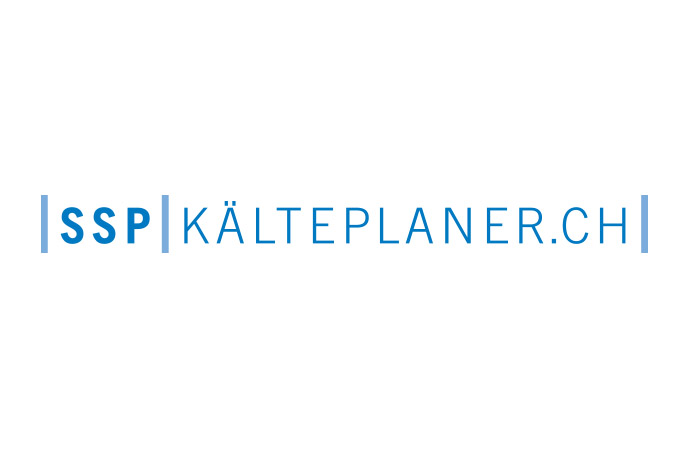ammonia21.com takes a look at some of the regulatory requirements that will start to bite in 2012 as well as some of the newly proposed policy initiatives that are likely to have an impact on the use of ammonia in North America and Europe.

North America
More ammonia facility safety inspections throughout the US: At the end of 2011 the US Occupational Safety and Health Administration (OSHA) announced the expansion at national level of its Chemical National Emphasis Program, which establishes policies and procedures for inspecting ammonia using facilities amongst other types. Hence, 2012 will see an intensification of both programmed and unprogrammed inspections of facilities aiming at verifying their implementation of Process Safety Management (PSM) programmes.
Additional requirements for large stationary facilities using high-GWP refrigerants in California: New requirements under California’s Refrigerant Management Program kick-in in 2012. In addition to the leak inspection, repairs, required service practices and record keeping requirements that are in place since January 2011, requirements regarding registration, reporting and fee requirements, as well as leak detection requirements for installations with big refrigerant charges (mainly industrial refrigeration and some big supermarkets) are effective from January 2012.
Owners or operators of facilities with a refrigeration system with a full charge greater than or equal to 2,000 pounds (907 kg) of a high-GWP refrigerant that began operation before 1 January 2012 must register with the Executive Officer by 1 March 2012. For facilities with a refrigeration system of the same refrigerant size that start operation after 1 January 2012, the deadline for registration is 1 March of the calendar year after the calendar year in which the refrigeration system begins operation. The fee upon registration, as well as the annual implementation fee amount to $370 (about €270).
Moreover, by 1 January 2012, the owner or operator of a refrigeration system with a full charge greater than or equal to 2,000 pounds (907 kg) of a high-GWP refrigerant, that operates year round, or is intended to be operated year-round, must install an automatic leak detection system if the entire refrigerant circuit, compressor, evaporator, condenser, or any other component of the refrigeration system(s) with a high potential for a refrigerant leak is located within an enclosed building or structure.
Canada to revise Refrigerant Code of Practice: Environment Canada is expected to publish in 2012 a revised Refrigerant Code of Practice that addresses the design, installation, operation, servicing, maintenance and decommissioning of cooling systems and advised stakeholders by the end of 2011. According to the draft version of the code, the passages “with respect to existing and proposed non-halocarbon refrigerants such as ammonia, carbon dioxide (CO2) and hydrocarbons (HC) may be useful and provide alternatives to leapfrog over HFCs in transitions from HCFCs directly to more sustainable solutions”. The draft code recognises the wide and expanding use of ammonia as the leading refrigerant for cold storage, food processing and ice arenas.
Europe
Revising the EU F-Gas Regulation – 1st proposal expected by mid 2012: As also confirmed by the European Commission 2012 work programme, a legislative proposal revising the current EU regulation on fluorinated gases (F-Gas Regulation) that currently puts much of the focus on HFC containment and recovery measures is expected by summer 2012. A first consideration of the proposal by the European Parliament can be foreseen within 2012, though adoption of a final regulation might be expected not before the end of 2013. Nonetheless, this is the one piece of legislation in the EU that has a significant impact on the HVAC&R industry, its customers and the adoption of HFC alternative technologies, thus 2012 is likely to see several debates and policy workshops on the revision and its likely impacts
EU Energy Efficiency Directive: Negotiations and political compromise over a proposal for an Energy Efficiency Directive in the EU is expected to peak in 2012, and it is anticipated that the proposal will enter consultation talks within the European Parliament in the first few months of the year. The Directive proposes several supply and demand side energy saving options including binding annual 3% renovation of public buildings and 1.5% savings for energy companies, as well as the setting up of "national heating and cooling plans" by Member States for the promotion of combined heat and power generation and the use of heating and cooling from waste heat and renewable energy sources.
More ammonia facility safety inspections throughout the US: At the end of 2011 the US Occupational Safety and Health Administration (OSHA) announced the expansion at national level of its Chemical National Emphasis Program, which establishes policies and procedures for inspecting ammonia using facilities amongst other types. Hence, 2012 will see an intensification of both programmed and unprogrammed inspections of facilities aiming at verifying their implementation of Process Safety Management (PSM) programmes.
Additional requirements for large stationary facilities using high-GWP refrigerants in California: New requirements under California’s Refrigerant Management Program kick-in in 2012. In addition to the leak inspection, repairs, required service practices and record keeping requirements that are in place since January 2011, requirements regarding registration, reporting and fee requirements, as well as leak detection requirements for installations with big refrigerant charges (mainly industrial refrigeration and some big supermarkets) are effective from January 2012.
Owners or operators of facilities with a refrigeration system with a full charge greater than or equal to 2,000 pounds (907 kg) of a high-GWP refrigerant that began operation before 1 January 2012 must register with the Executive Officer by 1 March 2012. For facilities with a refrigeration system of the same refrigerant size that start operation after 1 January 2012, the deadline for registration is 1 March of the calendar year after the calendar year in which the refrigeration system begins operation. The fee upon registration, as well as the annual implementation fee amount to $370 (about €270).
Moreover, by 1 January 2012, the owner or operator of a refrigeration system with a full charge greater than or equal to 2,000 pounds (907 kg) of a high-GWP refrigerant, that operates year round, or is intended to be operated year-round, must install an automatic leak detection system if the entire refrigerant circuit, compressor, evaporator, condenser, or any other component of the refrigeration system(s) with a high potential for a refrigerant leak is located within an enclosed building or structure.
Canada to revise Refrigerant Code of Practice: Environment Canada is expected to publish in 2012 a revised Refrigerant Code of Practice that addresses the design, installation, operation, servicing, maintenance and decommissioning of cooling systems and advised stakeholders by the end of 2011. According to the draft version of the code, the passages “with respect to existing and proposed non-halocarbon refrigerants such as ammonia, carbon dioxide (CO2) and hydrocarbons (HC) may be useful and provide alternatives to leapfrog over HFCs in transitions from HCFCs directly to more sustainable solutions”. The draft code recognises the wide and expanding use of ammonia as the leading refrigerant for cold storage, food processing and ice arenas.
Europe
Revising the EU F-Gas Regulation – 1st proposal expected by mid 2012: As also confirmed by the European Commission 2012 work programme, a legislative proposal revising the current EU regulation on fluorinated gases (F-Gas Regulation) that currently puts much of the focus on HFC containment and recovery measures is expected by summer 2012. A first consideration of the proposal by the European Parliament can be foreseen within 2012, though adoption of a final regulation might be expected not before the end of 2013. Nonetheless, this is the one piece of legislation in the EU that has a significant impact on the HVAC&R industry, its customers and the adoption of HFC alternative technologies, thus 2012 is likely to see several debates and policy workshops on the revision and its likely impacts
EU Energy Efficiency Directive: Negotiations and political compromise over a proposal for an Energy Efficiency Directive in the EU is expected to peak in 2012, and it is anticipated that the proposal will enter consultation talks within the European Parliament in the first few months of the year. The Directive proposes several supply and demand side energy saving options including binding annual 3% renovation of public buildings and 1.5% savings for energy companies, as well as the setting up of "national heating and cooling plans" by Member States for the promotion of combined heat and power generation and the use of heating and cooling from waste heat and renewable energy sources.
MORE INFORMATION
Related stories















_1522327086.png)

